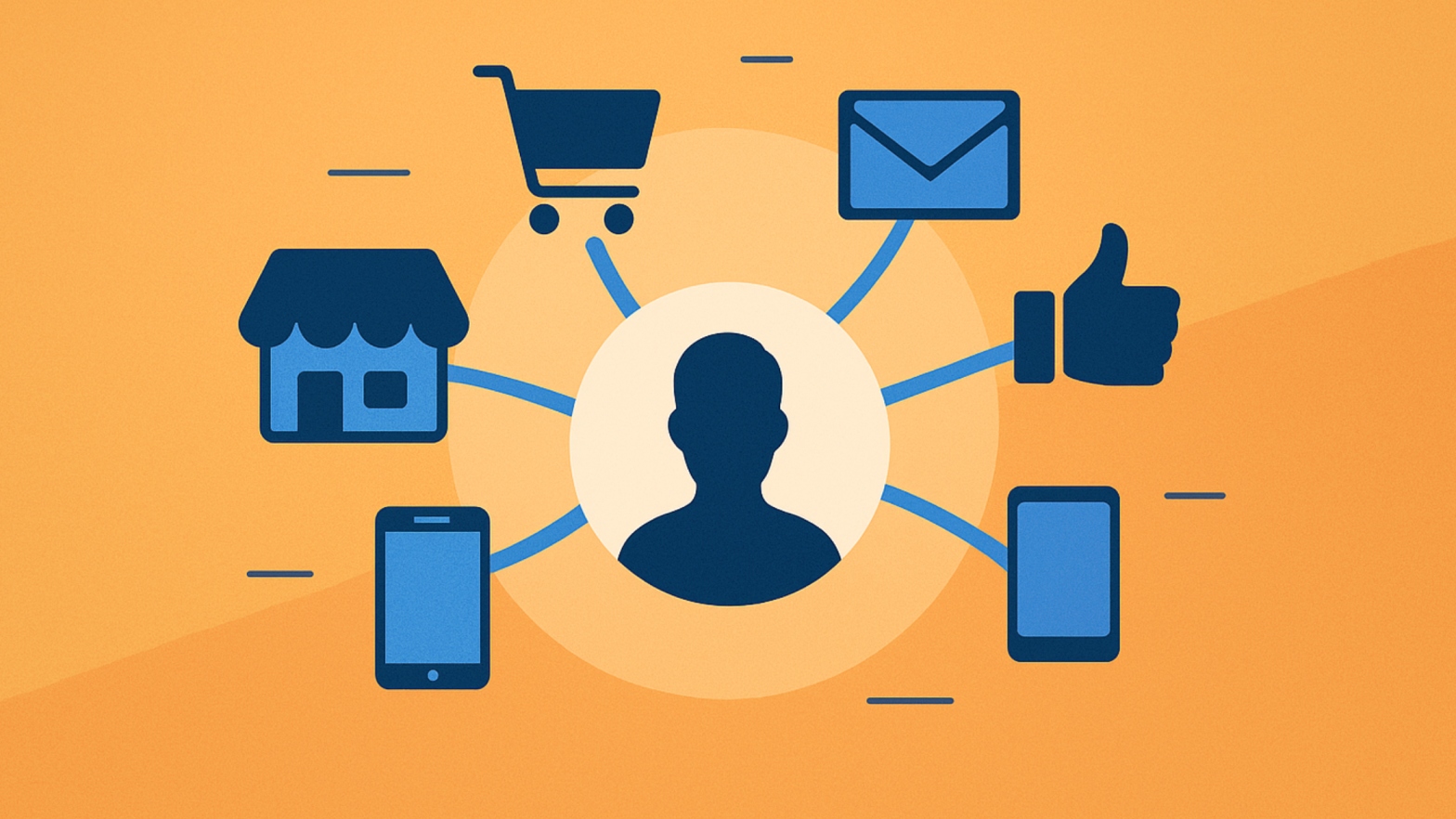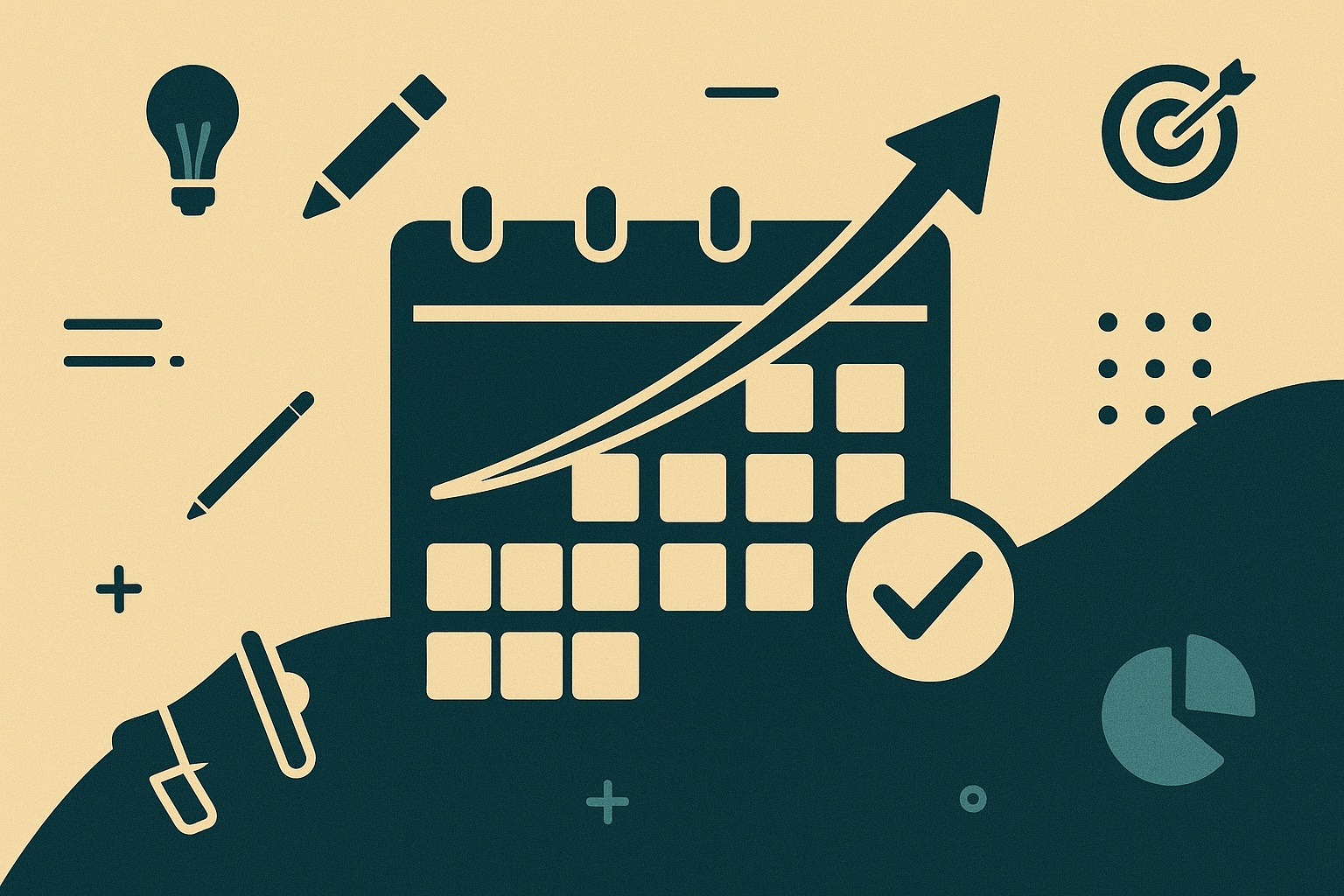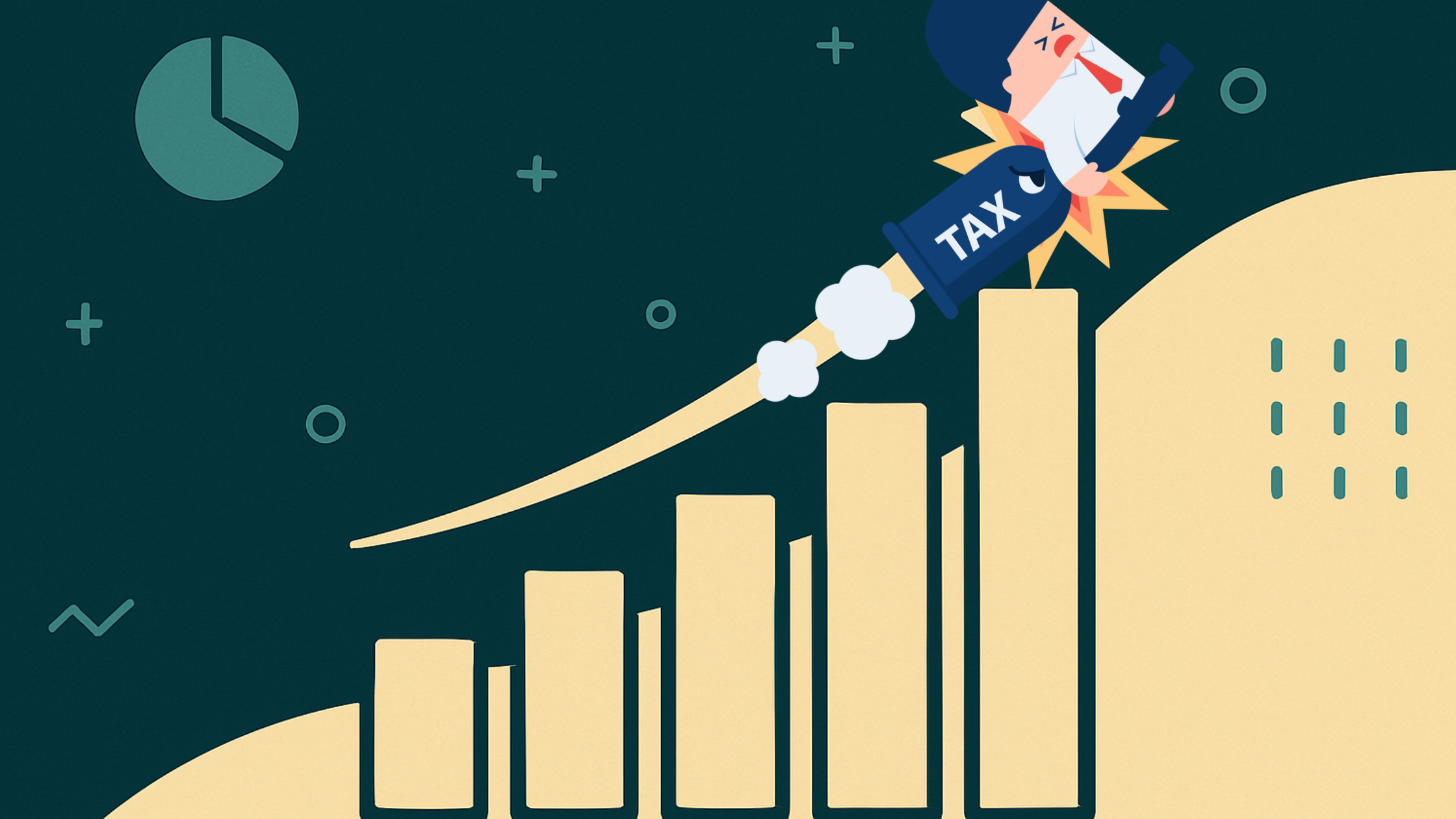
If you’ve been paying attention to the world of digital marketing recently, you will have heard the phrase ‘omnichannel marketing’ crop up a fair few times. As digital marketing has evolved, omnichannel marketing has become a key focus for a lot of businesses, and with good reason. Below, we’ve taken a look at what goes into an omnichannel marketing strategy and how customer journey optimisation gives businesses a boost.
Allow our Fractional C-Suite to help you put a Business Growth Plan in place; learn more today!
What is an Omnichannel Marketing Strategy?
An omnichannel marketing strategy is one that integrates all customer touchpoints, including a business’ website, social media, email, mobile apps, brick-and-mortar shops and customer service. It brings all of these customer touchpoints together, creating a cohesive customer experience. Whereas multichannel marketing operates differently across different platforms, an omnichannel marketing strategy is an integrated marketing approach, which focuses on creating a seamless customer experience, regardless of how or where customers interact with a brand.
Regardless of whether someone is visiting your business in store or online, they should receive the same customer experience and journey. For example, they might look at a product on your website and then visit your physical shop to complete the purchase, experiencing the same high level of customer service and consistent messaging from start to finish.
How Does an Omnichannel Marketing Strategy Work?
There’s a lot that goes into an omnichannel marketing strategy and for this integrated marketing approach to work, you need to focus on a handful of key components.
- It Needs a Customer-Focused Approach – It’s important for an omnichannel marketing strategy to focus on the customer. This means analysing customer preferences, behaviour and pain points, and using this information to create a tailored shopping experience that meets all of their needs, regardless of the channel they’re using to interact with your business.
- It Relies on Consistent Branding and Messaging – A strong brand identity ensures that customers receive a unified, cohesive experience across digital and offline platforms. Messaging, visuals, branding and tone of voice should be consistent across social media, websites, emails and in-person interactions.
- It’s Driven by Data Insights – There’s a lot of data to be collected as part of an omnichannel marketing strategy, and this helps with customer journey optimisation. By collecting and using data insights, you can track customer journeys, analyse their shopping behaviour and patterns, and optimise your marketing efforts based on real results, and in real-time.
- It Needs Seamless Cross-Channel Interaction – Customers should be able to switch between channels without losing progress or experiencing inconsistencies, which an omnichannel marketing strategy helps with. For example, if someone abandons their basket on a website, they should then receive a personalised email reminder or an app notification to remind them to checkout.
- Technology Needs to be Synchronised – For an omnichannel marketing strategy to work, technology needs to be fully integrated and synchronised across all channels. Investing in customer relationship management (CRM) systems, marketing automation platforms, and AI-powered tools helps to synchronise data and deliver a seamless experience across all customer touchpoints.
The Key Benefits of Omnichannel Marketing and Customer Journey Optimisation
There are many benefits of having an integrated marketing approach, which is why a growing number of businesses are focusing their attention on developing an omnichannel marketing strategy. Here are some of the most compelling reasons to use omnichannel marketing:
- It Enhances the Customer Experience – An omnichannel marketing strategy ensures customers can move effortlessly between channels, knowing that they’re going to receive the same messaging, customer support and experience throughout. This integrated marketing approach and consistency encourages brand trust and loyalty, making customers more likely to return.
- It Can Lead to Higher Conversion Rates – An integrated marketing approach ensures that potential customers receive the right messages at the right time, reducing delays and complexities in the buying journey, and increasing conversions. Customers are much more likely to make a purchase if their experience is a positive, streamlined one.
- It Improves Data Collection and Insights – With an omnichannel marketing strategy, you can track customer behaviour across multiple platforms. You can then use this data to better personalise customer experiences and make decisions based on facts, rather than guesswork.
- It Increases Customer Engagement – By interacting with customers through their preferred platforms, you can provide timely and relevant content, knowing it’s going to reach them in a way they’re likely to engage with. This leads to higher engagement rates, making it a lot easier to showcase your offerings.
- It Encourages Brand Loyalty – A cohesive brand experience across all channels encourages customers to trust and connect with your business, as they know what to expect at all times. This encourages repeat business and word-of-mouth referrals, helping you to build a base of loyal customers that return time and time again.
Creating an Effective Omnichannel Marketing Strategy
Considering the benefits of omnichannel marketing, it makes sense that it’s an approach businesses of all sizes, in all industries, are taking on. However, an omnichannel strategy isn’t something you can quickly whip up and put into action. You need to take the time to create an effective strategy, which involves these key steps:
- Maintain Consistent Branding and Messaging – From website design to social media interactions, email marketing to in-person shopping experiences, you need to make sure that your business has a unified brand identity to build trust and recognition amongst your target market. Customers are a lot more likely to engage with your business if they’re familiar with who you are and what you do.
- Understand Your Customers – To effectively market your business in an omnichannel way, you need to understand your customers. Analyse customer data to identify preferences, behaviours, pain points, likes and dislikes. You can then use these insights to tailor personalised experiences across all channels, ensuring all of your messaging appeals to your target audience.
- Use Online and Offline Channels – Omnichannel marketing needs to be consistent across all channels, both online and offline. Make sure that your online and offline presence work together, creating a cohesive, seamless experience. For example, allow customers to check their nearest in-person shop for availability online, or offer online purchases with in-person pickup options.
- Use Technology and Automation – Use customer relationship management (CRM) software, marketing automation tools and AI-driven personalisation to deliver targeted messaging and seamless experiences across all customer touchpoints. Not all customers are the same, but personalisation ensures they receive a completely bespoke service at all times.
- Track and Adapt Your Efforts – It’s hard to know if your omnichannel marketing strategy is working, which is why you need to measure its success. Track key performance metrics – such as engagement rates, conversion rates and customer feedback – to get an insight into whether your efforts are paying off. You can then use this data to refine and improve your omnichannel approach continuously, making sure it’s always working as well as it could be. If something isn’t working well, tracking things helps you to identify what needs to be changed.
Using an Omnichannel Strategy and Marketing Automation for Growth
There’s no denying that growing a business can be time-consuming, but marketing automation is hugely beneficial. By enabling you to execute and scale an omnichannel strategy effectively, marketing automation for growth helps you to streamline operations, enhance personalisation and ensure a consistent customer experience across all touchpoints. For example, marketing automation makes it a lot easier to create personalised customer interactions. Marketing automation tools use data insights to deliver personalised content, product recommendations and messaging based on customer behaviours and preferences. This ensures that customers receive relevant communications at the right time, in a way that appeals to them.
How Marketing Automation for Growth Creates a Seamless Customer Journey
Marketing automation for growth is also a huge part of creating a seamless customer journey.
With automation, you can create workflows that guide customers through various stages of their journey, without a second thought or any effort from them. For example, a potential customer who browses a product but doesn’t commit to a purchase could receive a reminder email, followed by a personalised discount offer. This makes it simple for them to complete the purchase, whilst also feeling like a valued shopper.
There’s also the benefit of improved efficiency and scalability. Rather than manually managing each customer interaction, marketing automation enables you to scale your efforts efficiently. Automated workflows reduce the burden on your marketing team, allowing them to focus on strategy and innovation.
Omnichannel marketing, combined with automation, allows you to strengthen customer relationships beyond the initial purchase. Automated loyalty programs, follow-up messages and personalised offers keep customers engaged and encourage repeat business, driving business growth. To find out more about growing your business and omnichannel marketing, get in touch with the Profici team.
Latest Posts
-

Outgrown Your Internal Team? How Fractional Executives Can...
Seeing your business grow is hugely exciting, but growth doesn’t happen on its own. Growth...
-

The Rise of Fractional C-Suites: Why 2025 is...
After many, many years, the way businesses are building their executive teams is changing. With...
-

Why Your Business Needs a 12-Month Marketing Blueprint...
Growing a business isn’t easy, let alone one that grows into a sustainable success. There’s...
-

How April’s National Insurance Rises Impacts Your Business...
On the 6th April, a change took place that’s going to affect employers across the...
